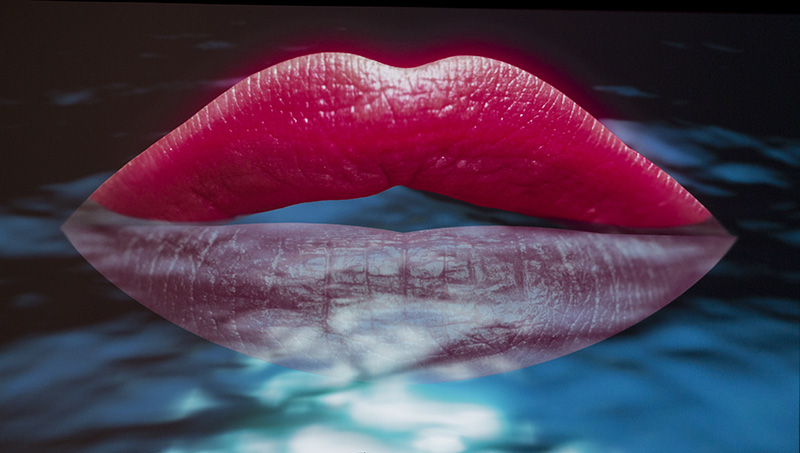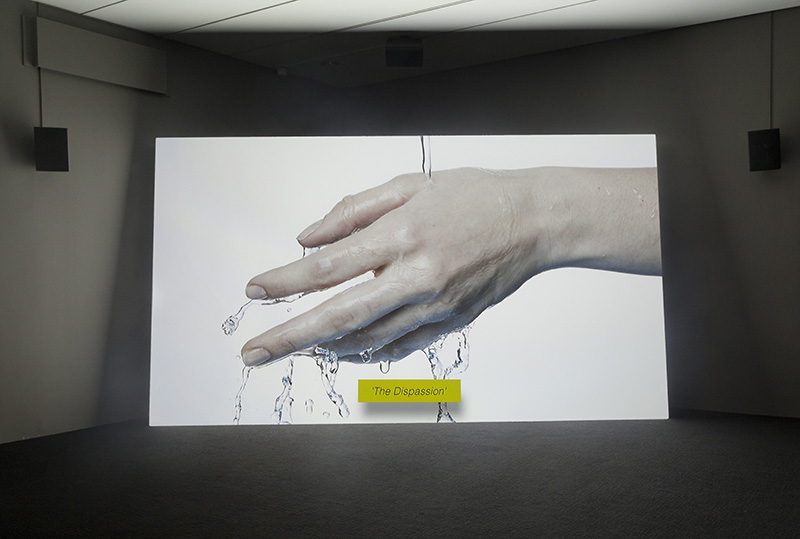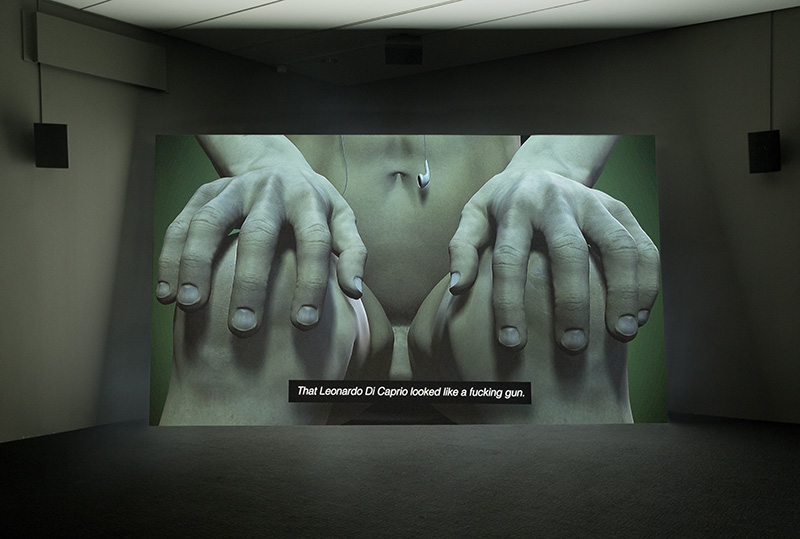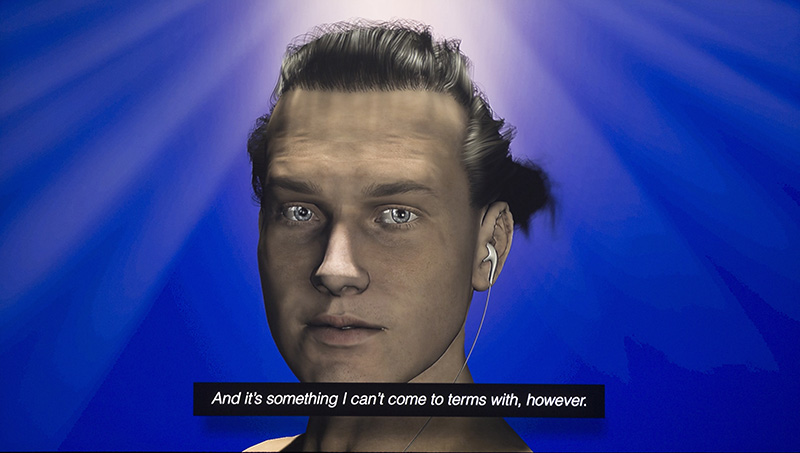ART-PRESENTATION: Suspended Animation, Part I
 Over the last few years, the increase in computer-generated images has had a huge impact on our lives, and the way in which contemporary artists have brought them into digital animation and art reflects this change. Les Abattoirs takes stock of the current state of the art form and considers what it can reveal to us about the information age, in “Suspended Animation” (Part II).
Over the last few years, the increase in computer-generated images has had a huge impact on our lives, and the way in which contemporary artists have brought them into digital animation and art reflects this change. Les Abattoirs takes stock of the current state of the art form and considers what it can reveal to us about the information age, in “Suspended Animation” (Part II).
By Efi Michalarou
Photo: Les Abattoirs Archive
The exhibition “Suspended Animation” at Les Abattoirs in Toulouse, brings together six artists who use animation as a tool to challenge conceptions of reality: Ed Atkins, Antoine Catala, Ian Cheng, Kate Cooper, Josh Kline, Helen Marten, Jon Rafman, Avery Singer and Agnieszka Polska. Their works explore the actualities of the information age, such as the impact of virtual worlds on tangible physical experience or the digitization of identity. The exhibition offers answers to such questions through various works from international artists who have chosen these tricky issues as their subject. The first floor of Les Abattoirs will be transformed -becoming an immersive environment where our perception of this new virtual human condition is challenged. The term “Suspended animation” is the slowing or stopping of life processes by exogenous or endogenous means without termination in order to extend life. Applied to contemporary computer animation, the notion refers to the virtual replacement of the physical body. An important part of human experience today is occurring on screens, and a disembodied consciousness is taking over. This phenomenon has led the artists in this exhibition to redefine the body by reworking the relation between self and technology. The artists employ a diverse array of cutting-edge techniques, such as digital assemblage, facial substitution and projection onto pneumatic sculpture. And they draw on sources as varied as psychologist Julian Jaynes’s theory of the evolution of human consciousness, the poetry of Gilbert Sorrentino and the peculiar perceptual phenomenon of Autonomous Sensory Meridian Response. Ed Atkins works with computer-generated characters and scenes that are built upon self-performance and explore the creation of alternative notions of space and time, while Antoine Catala pairs animation with pneumatic sculptures and holograms, creating encounters that drift into the humourous but also investigate the edges of perception. Helen Marten meanwhile creates animated objects and interiors whose artificial surfaces give them an uncanny presence, while voiceovers unrelated to the action onscreen add enigmatic undertones. Ian Cheng in his live simulations, familiar objects are programmed with basic properties but are left to influence each other without authorial control. Kate Cooper uses CGI technology in a subtle yet powerful way. She creates models rather than images, using ‘the language of hypercapitalism’ to make glossy computer-generated female models to tackle issues of capitalist aesthetics and the relation those have on our notion of gender. Josh Kline is heavily inspired by advertising, social media and the latest advances in technology. He questions the struggle for power, utopia, and the realities of them both. In “Freedom”, his avatar of Barack Obama showed how he uses his art to confront us with a truth on another plane. Jon Rafman’s main focus is on the impact which technology has on our consciousness and perception today. He’s especially known for his work with Google Street View, Second Life, and videos found on the Internet. Avery Singer in his work questions and explores painting in the digital age, composing her works using a 3D programme and projecting it onto the canvas where she reproduces it as a painting. Finally Agnieszka Polska creates immersive, hallucinatory animations that exploit ambiguities of understanding in visual imagery, verbal language and science. Rather than mimicking the real, animation here the works of the exhibition examine the embodiment of reality within a digital world. It provides the means to investigate the relationship between reality and simulation, fact and fiction, human beings and avatars. Such works ultimately ask
Info: Curator: Gianni Jetzer, Les Abattoirs Musée–Frac Occitanie, 76 allées Charles-de-Fitte, Toulouse, Duration: 24/6-26/11/17, Days & Hours: Wed & Fri-Sun 12:00-18:00, Thu 12:00-20:00, www.lesabattoirs.org




